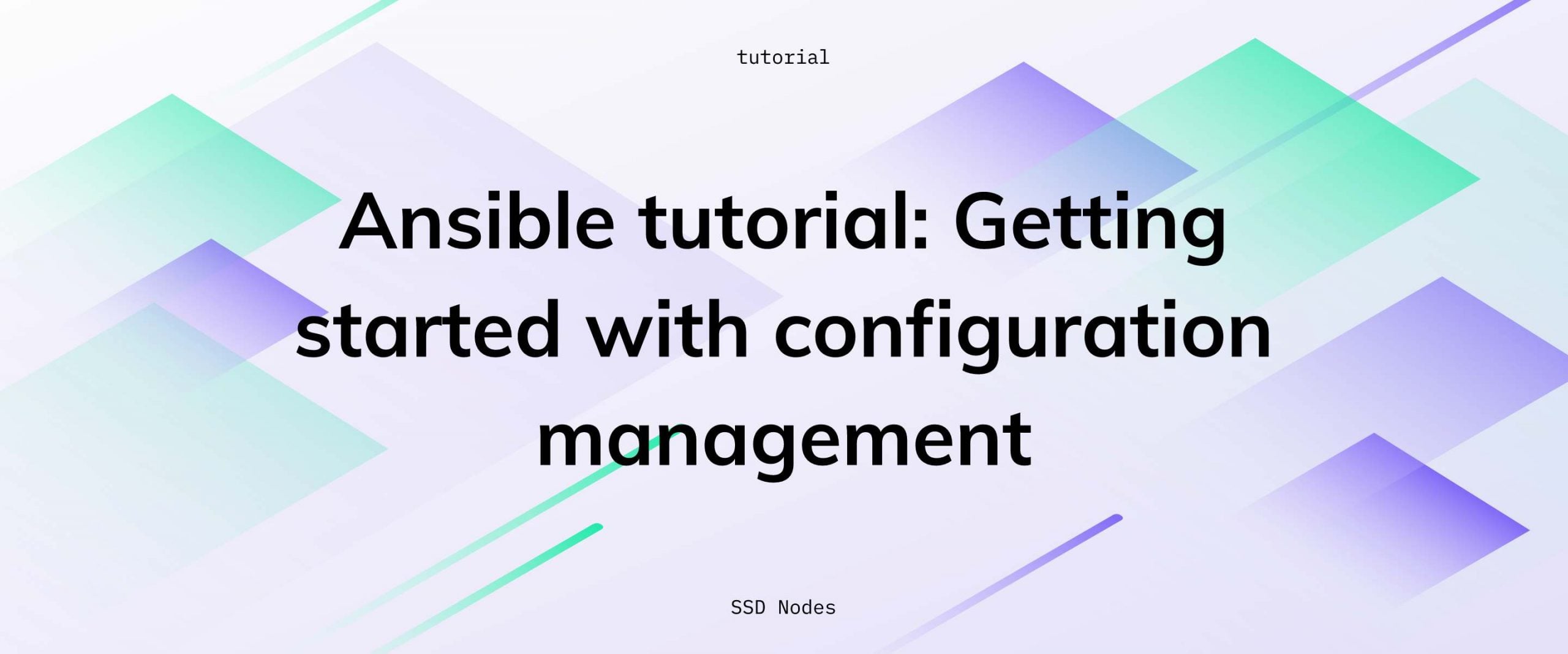DevOps
Let's start with the basics. DevOps is a combination of "development" and "operations." It's a cultural and collaborative approach that aims to bridge the gap between software development and IT operations, promoting faster and more reliable software delivery. DevOps recognizes the need for close collaboration and communication between development teams, who create and modify the software, and operations teams, who manage and maintain the infrastructure on which the software runs. DevOps promotes collaboration between these teams, enabling faster and more reliable software delivery. By integrating development and operations processes, organizations can automate manual tasks, streamline workflows, and reduce the time and effort required to move software from development to production environments. This automation is achieved through the use of various tools and technologies that support continuous integration, continuous delivery, and infrastructure as code.
What's it Like to Be in a DevOps Environment?
In a DevOps environment, developers and operations teams work closely together from the early stages of software development, ensuring that operational considerations are taken into account during the design and implementation of the software. This collaboration allows for the early detection and resolution of issues related to scalability, performance, security, and stability. DevOps also emphasizes the importance of feedback loops and continuous improvement. By continuously monitoring the performance and reliability of software in production, teams can gather valuable insights and feedback that can be used to identify areas for improvement. This close collaboration in DevOps encourages the use of agile methodologies and practices. By adopting an iterative and incremental approach, teams can respond quickly to changing requirements and market demands. This flexibility allows organizations to deliver value to their customers more rapidly, adapting to their needs and staying ahead of the competition.Continuous Integration (CI)
 Continuous Integration (CI) is a fundamental practice in DevOps that revolutionizes the traditional software development approach. It addresses the challenge of integrating code changes from multiple developers working on a project by enabling frequent and automated integration of code into a shared repository.
In CI, developers regularly commit their code changes to a central version control system, such as Git. The CI system then automatically triggers a series of actions to build, test, and verify the code changes. These actions may include compiling the code, running unit tests, and performing static code analysis.
The primary goal of CI is to detect integration issues early on in the development process. By continuously integrating code changes, teams can identify and resolve conflicts, dependencies, and compatibility issues before they escalate into larger problems.
Automating the CI process enables teams to achieve consistent and reliable builds. It reduces human error and ensures that the codebase remains in a functional state at all times. By catching issues early and maintaining a stable codebase, CI increases the overall software quality and paves the way for subsequent practices such as Continuous Delivery (CD).
The following are three popular tools that assist with Continuous Integration (CI):
Continuous Integration (CI) is a fundamental practice in DevOps that revolutionizes the traditional software development approach. It addresses the challenge of integrating code changes from multiple developers working on a project by enabling frequent and automated integration of code into a shared repository.
In CI, developers regularly commit their code changes to a central version control system, such as Git. The CI system then automatically triggers a series of actions to build, test, and verify the code changes. These actions may include compiling the code, running unit tests, and performing static code analysis.
The primary goal of CI is to detect integration issues early on in the development process. By continuously integrating code changes, teams can identify and resolve conflicts, dependencies, and compatibility issues before they escalate into larger problems.
Automating the CI process enables teams to achieve consistent and reliable builds. It reduces human error and ensures that the codebase remains in a functional state at all times. By catching issues early and maintaining a stable codebase, CI increases the overall software quality and paves the way for subsequent practices such as Continuous Delivery (CD).
The following are three popular tools that assist with Continuous Integration (CI):
- Jenkins: Jenkins is an open-source automation server widely used for CI. It provides a flexible and extensible platform for building, testing, and deploying software. Jenkins supports integration with various version control systems, build tools, and testing frameworks. It allows you to define pipelines as code using the
Jenkinsfileformat, enabling teams to automate their CI workflows and ensure consistent and reliable software builds. - Travis CI: Travis CI is an open-source CI platform primarily designed for GitHub projects. It offers a straightforward configuration setup using a YAML file (
.travis.yml). Travis CI automatically detects new commits in the repository and triggers build and test processes. It supports a wide range of programming languages and provides integration with popular version control systems and cloud platforms. - CircleCI: CircleCI is a cloud-based CI/CD platform. It supports automating the build, test, and deployment processes for software projects. CircleCI uses a configuration file to define the build steps and environment settings. It integrates with various version control systems and offers extensive support for parallelism and caching to optimize build times.
Continuous Delivery (CD)
Continuous Delivery (CD) is an extension of Continuous Integration (CI) that focuses on automating the deployment process to ensure fast and reliable software releases. While CI focuses on integrating code changes frequently, CD takes it a step further by automating the entire pipeline from code commit to production deployment. CD eliminates the manual and error-prone steps involved in software deployment by automating various stages of the process. This includes building the software, running comprehensive tests, and deploying it to production or staging environments. The key benefit of CD is its ability to enable organizations to release software quickly and with confidence. With each successful build and passing test, CD ensures that the software is in a deployable state. By embracing CD, organizations can achieve a continuous flow of software delivery, responding rapidly to customer feedback and market demands. It also facilitates iterative development and experimentation, as teams can quickly validate changes and gather real-world feedback. Note: Most of the tools that offer Continuous Integration also offer Continuous Delivery in some form.Infrastructure as Code (IaC)
 Infrastructure as Code (IaC) is the practice of managing and provisioning infrastructure resources through machine-readable definition files. By treating infrastructure as code, it becomes easier to version, track changes, and reproduce environments.
Just like software code, infrastructure code can be stored in a version control system, allowing teams to easily review, rollback, and collaborate on infrastructure changes. This ensures that the infrastructure remains consistent and reproducible over time, enhancing reliability and reducing the risk of configuration drift.
IaC also facilitates the automation of infrastructure
Infrastructure as Code (IaC) is the practice of managing and provisioning infrastructure resources through machine-readable definition files. By treating infrastructure as code, it becomes easier to version, track changes, and reproduce environments.
Just like software code, infrastructure code can be stored in a version control system, allowing teams to easily review, rollback, and collaborate on infrastructure changes. This ensures that the infrastructure remains consistent and reproducible over time, enhancing reliability and reducing the risk of configuration drift.
IaC also facilitates the automation of infrastructureContinue reading this article
by subscribing to our newsletter.
Subscribe nowby subscribing to our newsletter.



